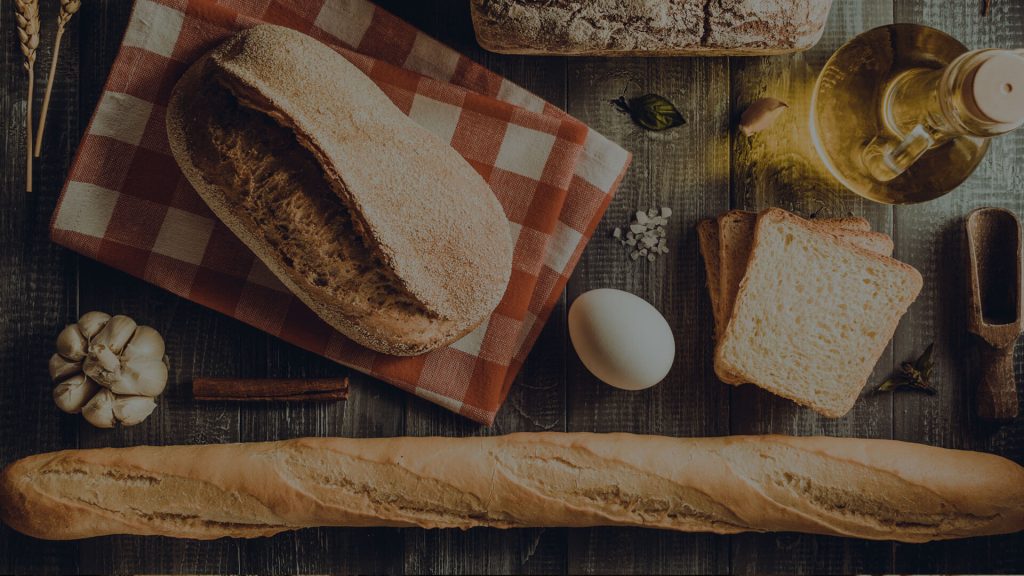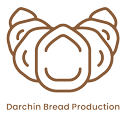
Bread in Different Cuisines: Explore How Bread Plays a Vital Role in Various Culinary Traditions Around the World
Bread is a staple food that has been an integral part of human diet for thousands of years. It comes in various shapes, sizes, and flavors, and plays a vital role in different culinary traditions around the world. From Italian focaccia to Mexican tortillas and Swedish knäckebröd, bread holds cultural importance and serves as a versatile ingredient in countless dishes. In this blog post, we will explore traditional bread recipes from different cuisines, delve into their cultural significance, and examine how they are used in diverse culinary practices.
- Italian Focaccia:
Let’s start our journey with Italy, a country renowned for its rich culinary heritage. Italian focaccia is a flatbread that is loved for its pillowy texture and savory toppings. Typically made with flour, yeast, olive oil, salt, and herbs such as rosemary, focaccia is baked until golden brown. This bread is often served as an appetizer, alongside antipasti, or enjoyed as a base for sandwiches. Its versatility makes it a favorite choice in Italian cuisine.
- Mexican Tortillas:
Moving across the Atlantic, we arrive in Mexico, where corn tortillas hold immense cultural significance. Made from masa harina (ground corn treated with lime), tortillas are a staple in Mexican cuisine. They serve as the foundation for numerous dishes, such as tacos, enchiladas, and quesadillas. The process of making tortillas involves shaping small balls of dough and pressing them into thin rounds, which are then cooked on a hot griddle. The aroma and flavor of freshly made tortillas are unparalleled, enhancing the authenticity of Mexican meals.
- French Baguette:
No exploration of bread in different cuisines would be complete without mentioning the iconic French baguette. The baguette is a long, slender loaf with a crisp crust and a soft, chewy interior. It is made from simple ingredients: flour, water, yeast, and salt. In France, the baguette is revered as a symbol of national pride and tradition. It is enjoyed at breakfast with butter and jam, served as an accompaniment to soups or stews, or used to create mouthwatering sandwiches such as the classic jambon-beurre.
- Indian Naan:
- Indian Naan:
Traveling to the vibrant subcontinent of India, we encounter naan, a leavened flatbread. Traditionally cooked in a tandoor (a clay oven), naan is made from all-purpose flour, yeast, yogurt, and ghee (clarified butter). This bread is known for its soft and fluffy texture, and it pairs perfectly with flavorful curries and kebabs. Naan can also be stuffed with ingredients like cheese, garlic, or herbs, adding an extra dimension of taste and aroma to the dish.
- Swedish Knäckebröd:
In the chilly lands of Sweden, knäckebröd holds a special place in the culinary culture. Knäckebröd refers to a type of crisp, rye-based flatbread. It is thin, crunchy, and has a long shelf life, making it an ideal staple for Scandinavian winters. Traditionally, knäckebröd was baked in communal ovens during harvest season, and families would stock up on this bread for the colder months. It is often enjoyed with butter, cheese, or pickled herring, showcasing the simplicity and practicality of Swedish cuisine.
Bread, in all its diverse forms, connects people across cultures and continents. It serves not only as sustenance but also as a vehicle for cultural heritage and gastronomic creativity. Whether it’s the fluffy naan of India or the crispy knäckebröd of Sweden, bread plays a vital role in shaping culinary traditions and bringing people together around the dining table.
As we conclude our journey through different cuisines, it becomes evident that bread is more than just a mere accompaniment to a meal. It represents the pride, history, and identity of a culture. So, next time you savor a slice of warm, freshly baked bread, take a moment to appreciate the centuries of tradition, craftsmanship, and love that went into creating it.
